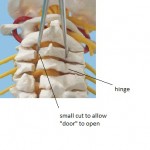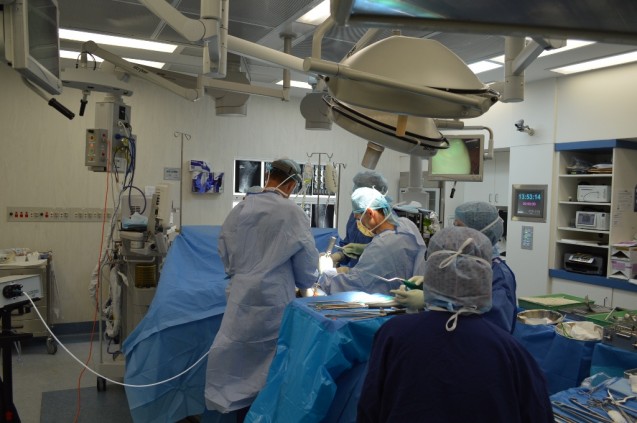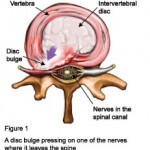Spine Surgery
Spinal conditions treated:
- Spine disc injuries and degeneration
- Disc herniation, disc prolapse or slipped disc, bulging disc & degenerative disc disease
- Spine trauma
- Spine deformity such as spondylolithesis and scoliosis
- Spine tumours such as metastasis and primary tumours
- Spinal canal stenosis such as cervical myelopathy and lumbar foraminal stenosis
- Sciatica, back pain, neck pain, cervical radiculopathy
Spinal procedures performed
- Minimal access spinal surgery (Keyhole or minimally invasive surgery)
- Lumbar (back) microdiscectomy
- Lumbar (back) decompression (laminotomy)
- Lumbar (back) laminectomy
- Anterior lumbar interbody fusion (ALIF)
- Posterior lumbar interbody fusion (PLIF)
- Cervical (neck) microdiscectomy
- Cervical (neck) foraminotomy
- Cervical (neck) laminoplasty
- Anterior cervical discectomy and fusion (ACDF)
- Cervical (neck) disc replacement
- Insertion of spinal stimulators
Lumbar (Back) Procedures
- Minimally invasive lumbar discectomy (microdiscectomy)
The most common cause of sciatica is a bulge on one of the discs in your spine that presses on a nerve in your lower back. If the pain does not settle, your surgeon can remove the bulge. For more information about the benefits and risks of a lumbar microdiscectomy, click here.
- Minimally invasive lumbar decompression (microdecompression)
 Spinal stenosis causes pain or weakness in your legs. If your symptoms are severe, a spinal decompression operation should relieve your symptoms and help you to return to normal activities. For more information about the benefits and risks of a lumbar spinal decompression, click here.
Spinal stenosis causes pain or weakness in your legs. If your symptoms are severe, a spinal decompression operation should relieve your symptoms and help you to return to normal activities. For more information about the benefits and risks of a lumbar spinal decompression, click here.
- Lumbar laminectomy
Lumbar spinal stenosis is where the spinal canal narrows in your lower back. This may cause pain or weakness in your legs. The aim of surgery is to prevent your symptoms from getting worse. For more information about the benefits and risks of a lumbar laminectomy, click here.
Cervical (Neck) Procedures
- Cervical Foraminotomy
 This is a minimally invasive procedure that relieves nerve root compression by widening the intervertebral foramen, the space through which the spinal nerve exits the spinal column. Read more here.
This is a minimally invasive procedure that relieves nerve root compression by widening the intervertebral foramen, the space through which the spinal nerve exits the spinal column. Read more here.
- Cervical Laminoplasty
 Cervical laminoplasty is a surgical procedure that removes pressure from the spinal cord by creating more space in the spinal canal. Read more here.
Cervical laminoplasty is a surgical procedure that removes pressure from the spinal cord by creating more space in the spinal canal. Read more here.



